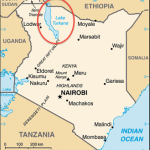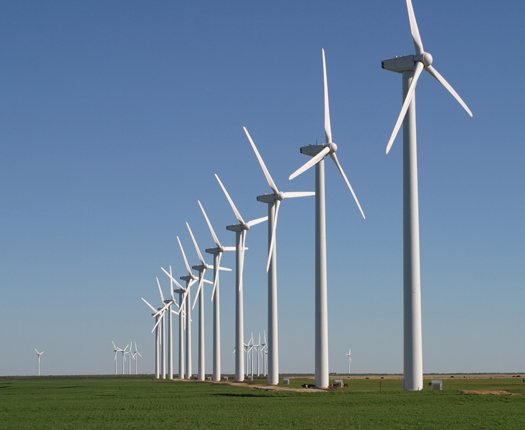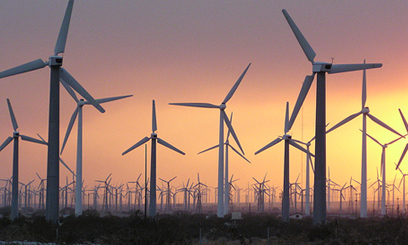Kenya Sets Up The Largest Wind Power Generation Plant In Africa
Kenya is all set to have its first biggest single private investment projects in its history dubbed Lake Turkana Wind Power Project (LTWP). The wind electricity generating project will have an output of 300MW and the project is estimated to cost approximately $807 million dollars. This project is being installed in Loyangalani District of Marsabit West County.


The data collected since 2007 for the research, has shown that the area has a consistent wind speed which flows in the same direction all year round. Another factor that lead to choosing the site is that, Marsabit West County and particularly the Loyangalani District is one of the poorest region within Marsabit: it is sparsely populated and nomadic pastoralist occasionally use the area as grazing grounds. When the project is completed, the entire wind farm land will not be fenced off, thus will not interfere with the pastoralist’s access to the area to graze their livestock. In addition to this the project will also have various Corporate Social Responsibilities (CSR) projects that will ensure that the pastoralists and residents of the area earn a better living or are living a better standard of life courtesy of the wind farm project.
On top of that the power supply will go a long way in meeting the current power deficit being experienced in Kenya. The demand for power in Kenya is growing at a rate of 8% annually, with the country’s ability to meet this demand being anything but satisfactory. Leading to a chronic power shortage and blackouts across the country, which can only be abated using expensive diesel fired thermal power generation plant, the cost of which will be passed on to the end consumer through high electricity bill. For this reason, the cost of production especially for SMEs becomes very high, since electricity is a very important factor of production especially in the modern technology-based world of commerce. This is one of the reasons as to why Kenyans pay some of the highest electricity bill in the world.
This project is not a government initiative. It is being completed by various private investment companies which are listed below:
- Wind Power A.S. (Vestas)
- Aldywych International Limited
- Finnish Fund for Industrial Cooperation Ltd (Finnfund)
- Norwegian Investment Fund for Devloping Countries (Norfund)
- KP&P BV Africa
- Danish Investment Fund for Developing Countries (IFU) Denmark
The project has also received some debt financing from various international money lending institutions with the biggest being the African Development Bank, Nedbank Capital of South Africa and Standard Bank of South Africa.





Comments are closed.